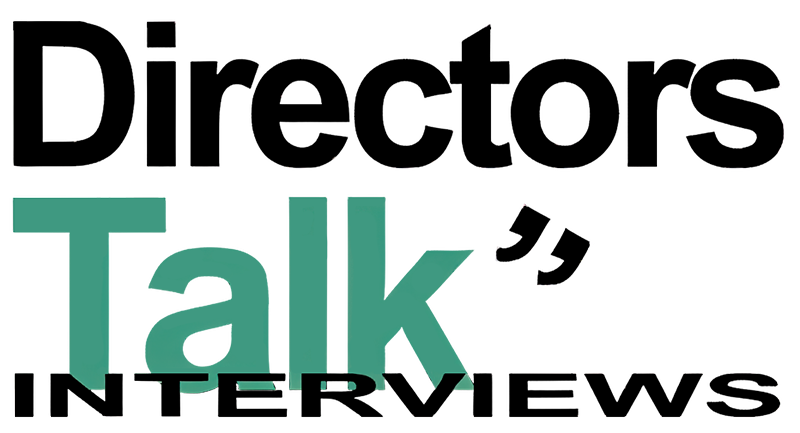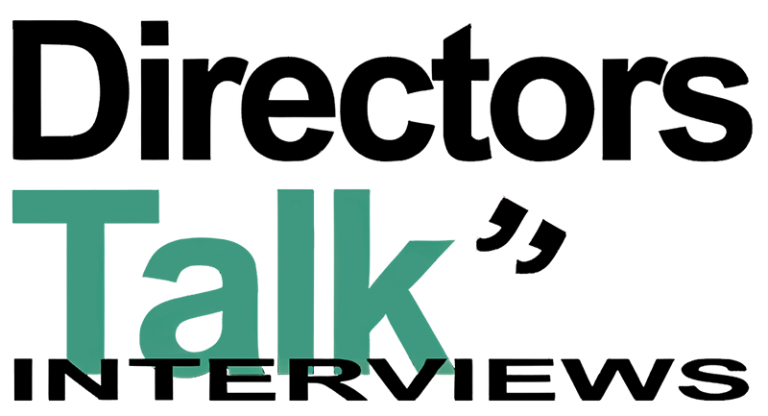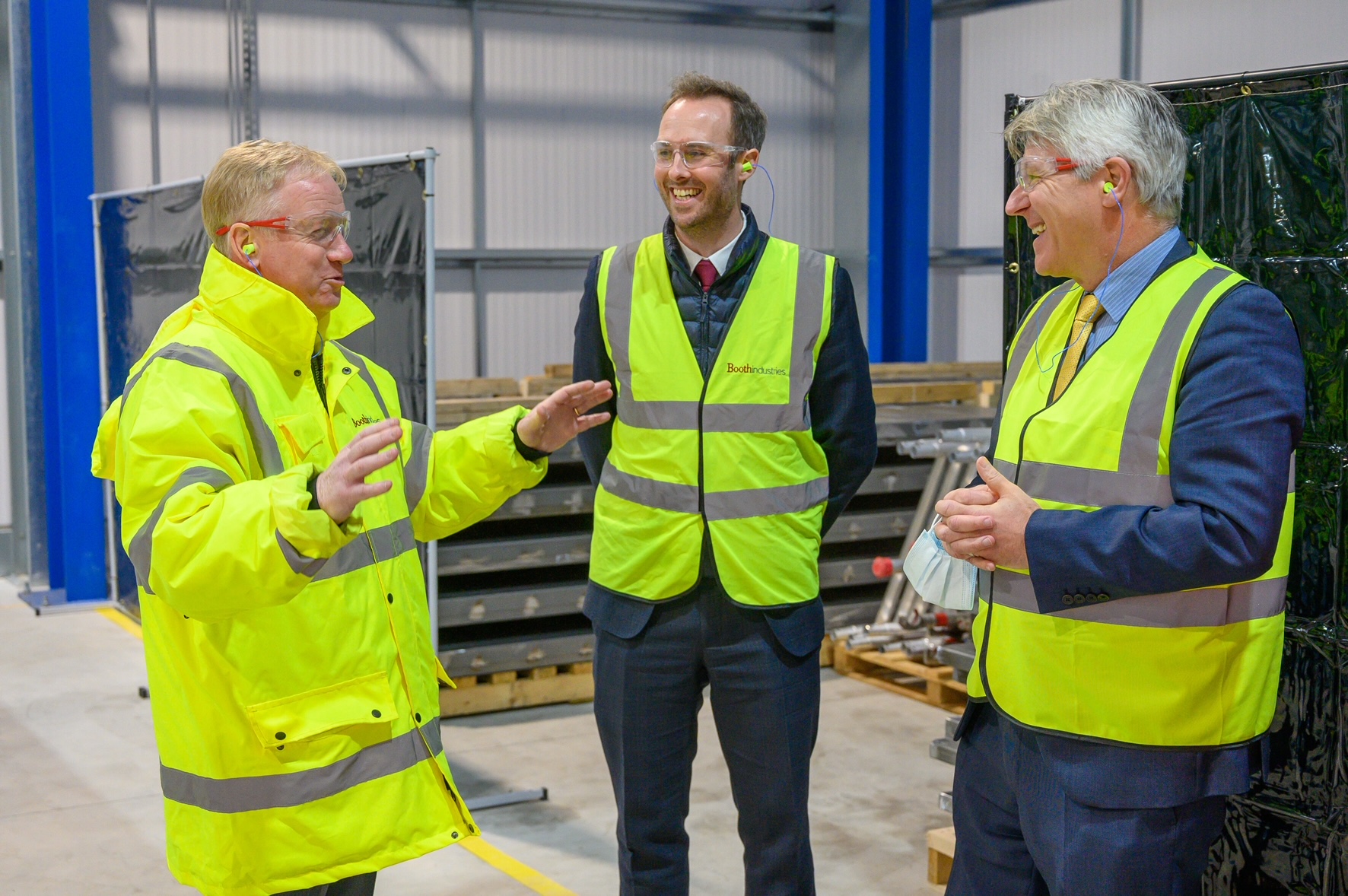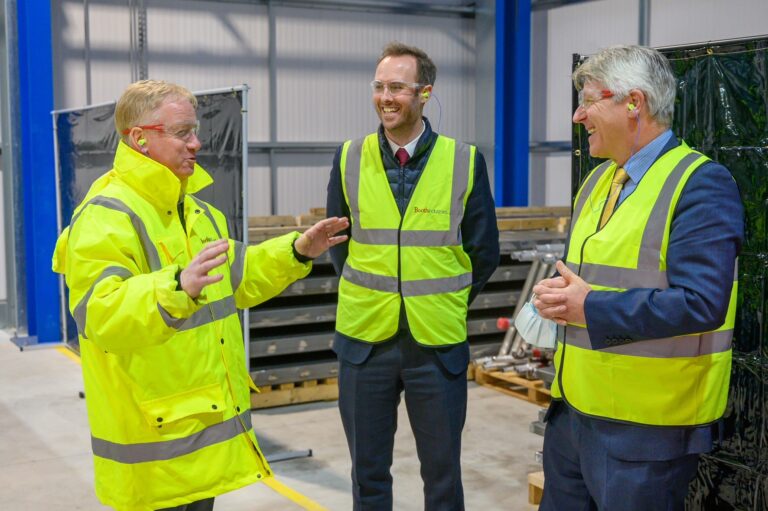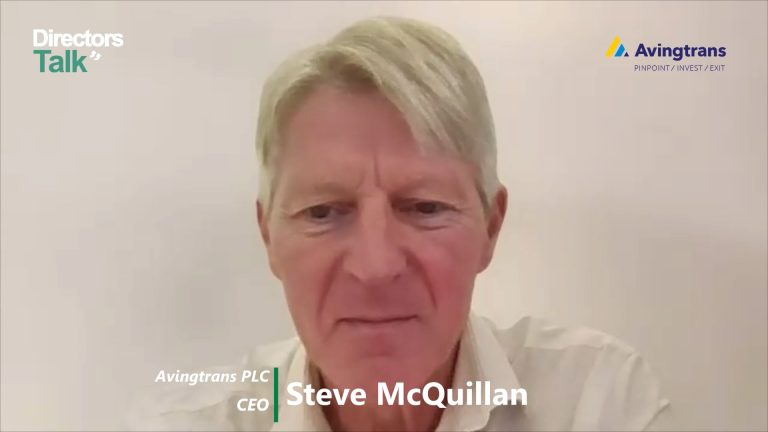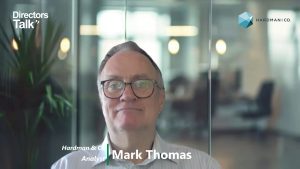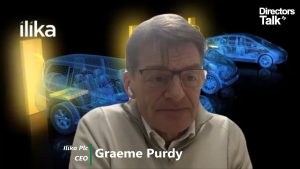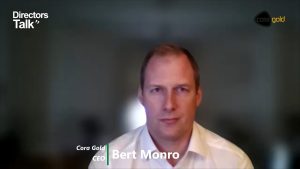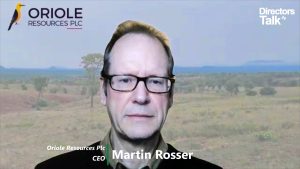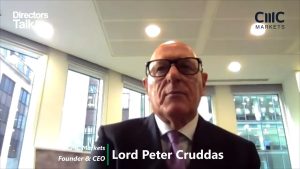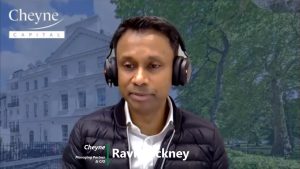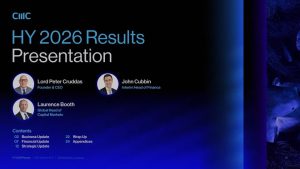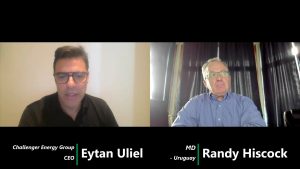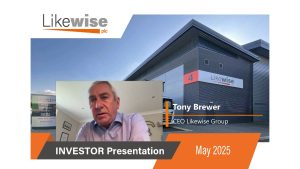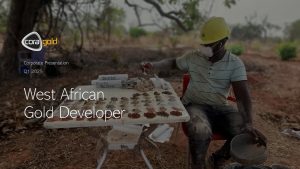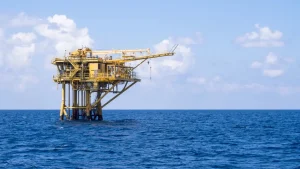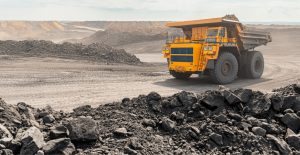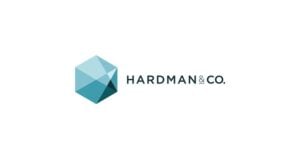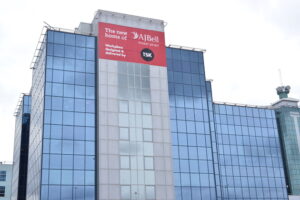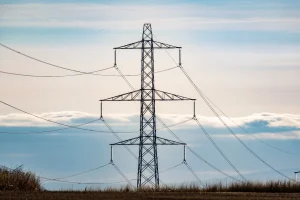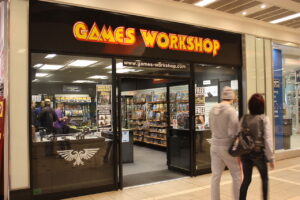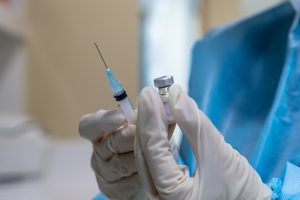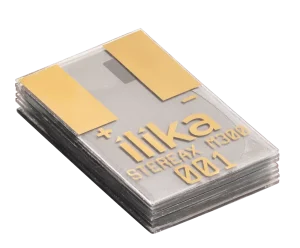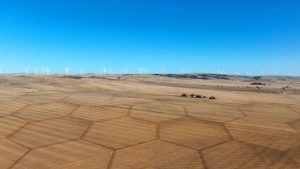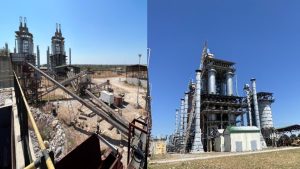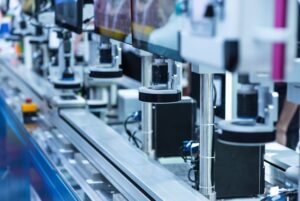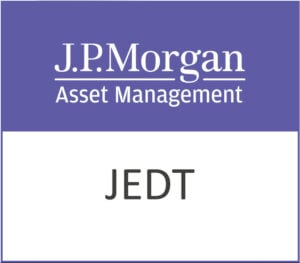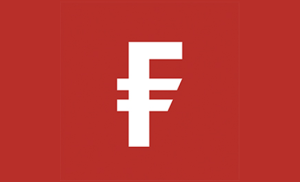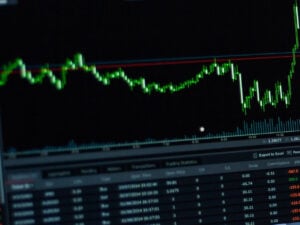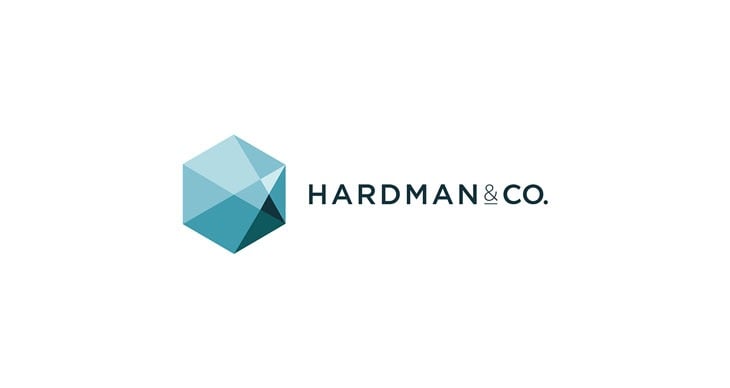Avingtrans Plc (LON:AVG) Chief Executive Officer Steve McQuillan caught up with DirectorsTalk to discuss the company’s FY25 preliminary results, highlighting record-breaking revenue, robust order book performance, growth, and increased demand.
Q1: Steve, first off, congratulations on another strong set of results. Can you just talk us through the highlights, please?
A1: As you say, we’re really pleased that it’s a very strong set of results. We delivered on full year expectations and those were only recently upgraded in May. In fact, we even beat slightly the May upgrade, but certainly very pleased to deliver those upgraded expectations.
Our order book is the best it’s been since before the pandemic. For the current financial year, we are 90% order covered now and even for next year, we’re above 50% order cover, which is stronger than we normally are at this point in time. So, we’re really pleased with that because we’ve seen some really interesting new orders recently.
We won a $16 million order with the Korean nuclear power operator, KHNP, for new and spares products for their nuclear power stations in South Korea. Also, recently we won an additional contract with HS2 for the Old Oak Common station for security doors for our subsidiary Booth. So, those are really good additional orders coming into the pot, which we’re really pleased about in addition to obviously a lot of other smaller orders that we obviously don’t announce. So, the order position for us is very strong and increasing going forward.
We’ve also got some great long-term contracts. I mentioned already HS2 and the order book within there now for Booth is over £40 million. Also from previous order wins, particularly at Metalcraft, we’ve got the Sellafield 3-metre cube boxes for nuclear waste storage and that order book still amounts to over £60 million, which is spread out over several years, of course. So, the order position is very strong.
We’ve also got a strong balance sheet, but the net debt has increased as we expected, but actually not as much as we originally thought. So, we’re only a bit over £12 million now, we had thought it’d be rather bigger than that by year-end. So, we’re pleased about that and that’s come in better than expected.
Of course, we’re still working furiously on our PIE strategy – Pinpoint Invest Exit. The main activity there in the last year has been about investment, particularly investment in the more recent acquisitions of Slack & Parr, Magnetica and Adaptix on the medical side. That will continue over the next year where there’ll be more activity there, I’m sure, which we’ll probably come back to.
Finally, we’re not a yield stock, but we do like to pay a dividend, and the dividend has progressed to 4.9 pence in total for the year.
Q2: Now, as you mentioned, revenue has grown strongly again this year, up 14.5% to a record £156.4 million. Can you talk us through the key drivers behind that growth?
A2: The main driver of the revenue increase, which I’m sure we’ll expand on, is around the engineering division, AES, and in turn, that’s been driven by a lot more original equipment business in that division. What’s driving that are positive tailwinds in several of our market sectors, notably energy. People are building more new power stations in various places, particularly China, for example, is building a lot more power stations. So, that’s helped us out.
We’ve also seen more business in the defence sector, as you might expect, with what’s going on globally, and that’s helped us out, and that’s all OE business – original equipment business. In infrastructure, where, again, just use the example of Booth there with the HS2 doors, that’s a lot more original equipment than we’ve seen before.
So, the OE is what’s been driving a lot of it, actually, in terms of the increases, and in particular in the AES division.
Q3: Could you give us a brief overview or breakdown of how each of the divisions has performed?
A3: Again, touching on the engineering division AES, record results there for our motors and pumps business Hayward Tyler, and also record results at Ormandy, which is the business that makes heating, ventilation and air conditioning products. Solid progress elsewhere in Metalcraft and Booth, for example. So, happy with how AES has performed.
Very exciting potential for medical, but a bit of frustration from us that it’s taken us a long time to deal with the regulatory requirements, the certification requirements, both in America and also for the EU for CE marking. That’s still ongoing. Certainly, what’s great is Adaptix on the 3D X-ray side has started to sell its veterinary and non-destructive testing products now, and we expect in the very near future it will start to sell its orthopaedic product. So, it’s going along nicely and is quite close to getting the CE marking approval it needs to start selling in Europe as well as beginning to sell in America.
Magnetica, a bit further behind still, and frustrating for all the team there, but they’re still working through this mountain of paperwork required for the FDA. They will get there. The product design is finished. Customers are excited by what they can see in terms of the quality of the images being delivered by the Magnetica and Adaptix products, but we just need to finish the certification processes, which, as I say, is frustrating, but we’ll get there.
It’s not even a design problem any longer, it’s not even an engineering problem any longer, it’s just a mountain of paperwork we’ve got to do to get there with these things.
Q4: You mentioned earlier the AES division delivered record results. How significant has AI, data centres and new nuclear been to this?
A4: Yes, that’s a really interesting question because that’s actually what’s driving a lot of group tailwind at the moment. So, indirectly for Hayward Tyler, because they are building pumps that go into power stations, people are building more power stations. They’re also keeping existing power stations running because of the power demand from data centres and AI and so, that’s great news for Hayward Tyler, but that’s indirectly.
What we’re also seeing more directly is business in a number of other group businesses. For example, Ormandy, which makes heating and cooling systems, they’re providing cooling systems into data centres now. Booth even, from the point of view of security doors, they’re providing security doors into data centres and also into small modular reactors.
That’s the other feature that’s interesting here now with data centres and AI. Because they need so much power and because a lot of countries are saying they don’t want to have coal fire power stations anymore, or gas for that matter, your only other base load alternative is nuclear. So, actually much more renewed interest in nuclear, both for small modular reactors, SMR so-called, and also further out fusion. So, there’s a lot of business and inquiries coming into the AES division based around that kind of activity.
Actually, even further afield is Metalcraft, because of their capability around low temperature products, which derives from the MRI business over a long period of time, that’s a sought-after capability for people like Oxford Instruments, one of my former companies. They’re building equipment for quantum computing for Google, and Metalcraft are supplying some of the equipment into Oxford Instruments to help them to do that.
There’s multiple good businesses now that are benefiting directly and indirectly from the data centre, AI, quantum computing trends.
Q5: Looking forward, the board highlights confidence in the group’s strategy and order book momentum going into FY26. What can investors expect from Avingtrans in the coming months?
A5: Well, more of the same, certainly in terms of forecasting forward and still seeing this very good order cover position. So, more of the same in terms of growth, organic growth of the existing businesses and the trends we’ve talked about helping those businesses along the way. So, that’s all good.
The other thing that might happen now going forward this year, more likely this in the current financial year than last year was, is that the markets, of course, would improve as you know better than I do. That allows us both to consider potential disposals of businesses and also further acquisitions of businesses.
So, I think that’s much more likely now in the coming year than it had been in the previous year for us to be able to look at the whole spectrum of the PIE strategy and look at disposals and look at acquisitions as well. So, that’s not an exact science, as I always say, but it’s much more likely you’ll see some of that PIE activity around the business in the next 12 months.
